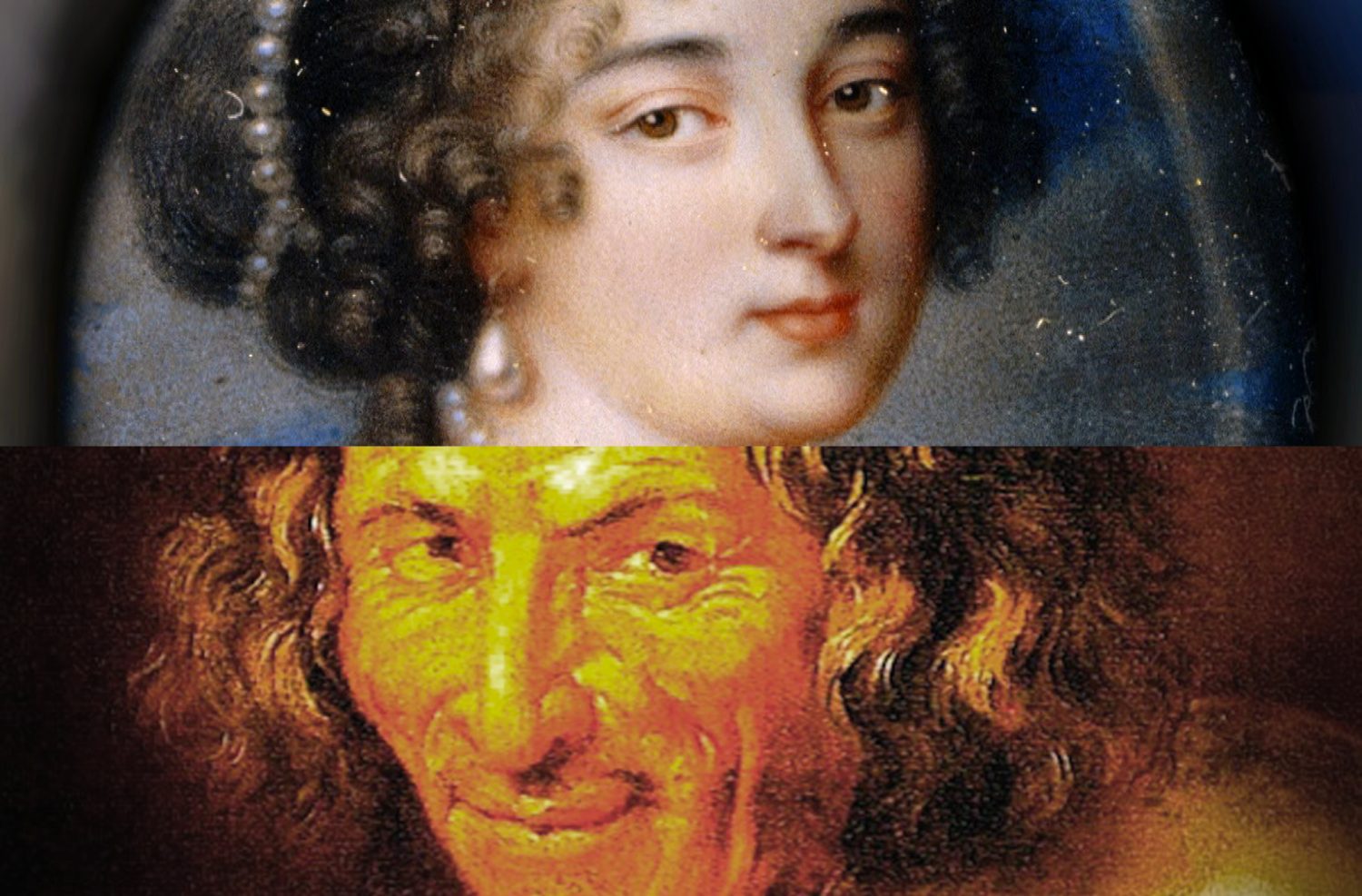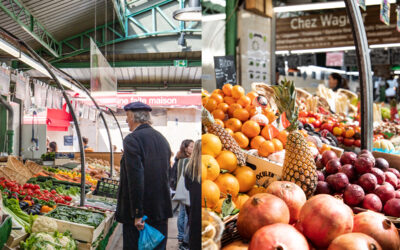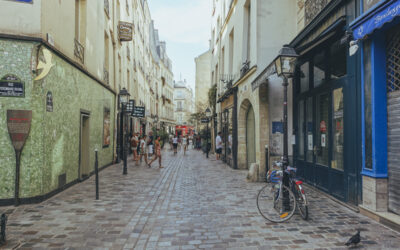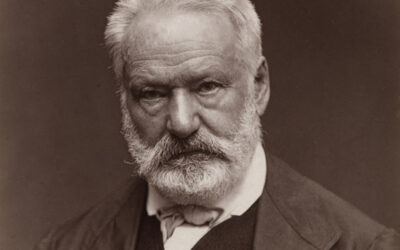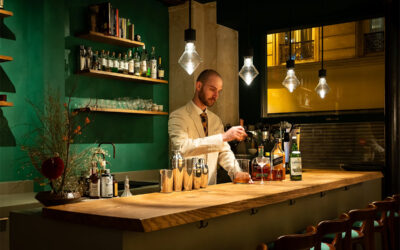
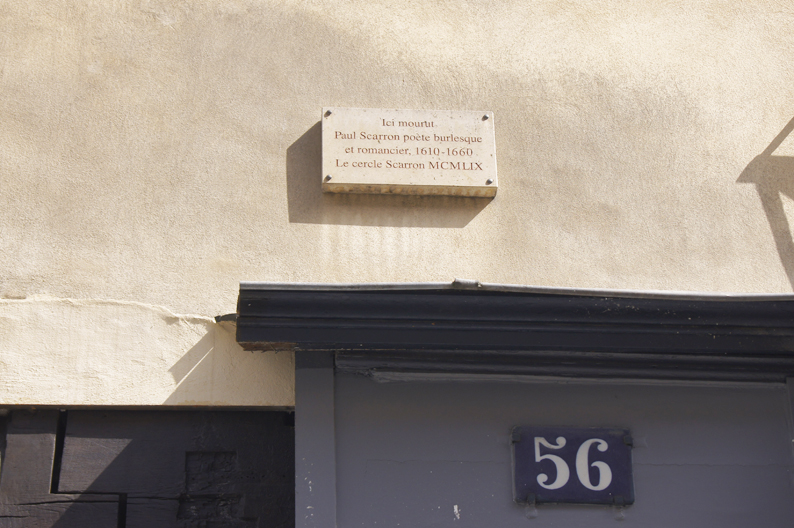
It is here, at 56 rue de Turenne, right next to the Turenne primary school, that the writer, poet and playwright lived
Paul Scarron, squire and lord of Fougerest, Beauvais and La Rivière.
Contemporary with the reign of Louis XIII and the beginning of that of Louis XIV, his best-known work is The Comic Novel.
A defrocked religious man, this saucy Maraisian is also a big user of opium.
According to legend, he became disabled following an icy bath in the Seine while he was drunk. More likely his infirmity was due to an inflammatory disease of the spine.
In any case, Scarron holds a salon in his private mansion in the Marais.
In 1652, he married Françoise d'Aubigné, a very poor orphan. Aged sixteen, she is twenty-five years his junior.
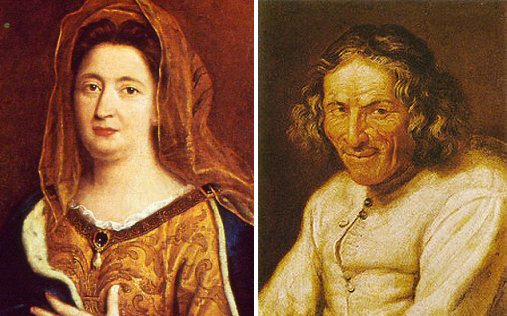
The couple receives the All-Paris. Beautiful minds flock to rue de Turenne. Among them: Madame de La Fayette, Madame de Montespan (mistress of Louis XIV), Ninon de Lenclos, Abbé Choisy, Marshal d'Albret, Count de Grammont, the Scudérys etc.
When he died, Scarron was buried at the Saint-Gervais church, in what is now the 4th arrondissement, very close to the Seine.
His widow was then twenty-five years old. Nine years later, here she is governess of the illegitimate children of the king and Madame de Montespan. In the meantime she retired to the convent of the Hospitalières on Place Royale, at number 35, now rue des Tournelles.
After the death of Queen Marie-Thérèse of Austria and the disgrace of Madame de Montespan, the widow Scarron became Madame de Maintenon, following the purchase of the castle of the same name.
She secretly married Louis XIV.
Becoming devout and austere, she is very influential with the aging king.
Little liked by the royal family, the court and the people, she is credited with having pushed Louis XIV to revoke the Edict of Nantes (which granted freedom of worship to Protestants) in 1685.
A decision considered one of the errors of his reign.
In 1715, a few days before the death of the king, Madame de Maintenon moved into the Royal House of Saint-Louis, the boarding school that she created in 1686 with a view to educating young noble and penniless girls. She died there on April 15, 1719.
La Maintenon would also have encouraged the king to initiate the Code Noir, an iniquitous text which governed the lives of slaves in the French colonies.
Text: Katia Barillot
Photos: ©Anaïs Costet
FOR PASSIONATES OFUS
The Enfants Rouges market, everyone loves it
Restaurants, merchants, a photo store, a bookstore... This is how the Red Children's Market presents itself, unique in its kind in the Marais and its capital because it is the only one to offer such a varied and varied range of restaurants. qualitative.
The Marais Jewish quarter in Paris
From the 13th century, the Marais was home to a Jewish community which remained there until its expulsion in the 14th century. Fleeing poverty and persecution, Jews from Eastern countries and those from Alsace settled there in the 19th century. Around rue des rosiers and Place Saint-Paul renamed Pletz…
Victor Hugo, the writer with a thousand talents
Born in 1802, Victor Hugo became a social writer, a playwright, a poet, a novelist and a romantic designer. Nicknamed the man-ocean then the man-century, he is a political figure and a committed intellectual. He found success with Notre-Dame-de-Paris in 1831 and with Les Misérables in 1862.
NOW ON THE MOOD MARSH
Divine brunch at the foot of Notre-Dame
Of course, officially, it is not the Marais. But at Son de la Terre, a barge recently moored at the Montebello quay (5th), the 4th arrondissement is in sight. Moreover, this one is incredible: on one side, it is Notre-Dame flooded with sunlight; on the other, the quays, the book sellers, the walkers, the joggers.
Saka, a cocktail bar like in Tokyo
Here is an address which gives the measure of the transformation of the Marais. And it's enough to silence the grumpy people whose mantra is: “It was better before…” No, everything was not better “before” in the Marais. Besides, there was no American bar like Saka, which cultivates a form of excellence that can only be found in Japan.
Jazz at 38Riv: The highlights of May
The only jazz club in the Marais, 38Riv is the temple of cool and swing. Rue de Rivoli, between Saint-Paul and Hôtel de Ville, its vaulted cellars are the home base of the new jazz scene. Every evening, the magic happens.

